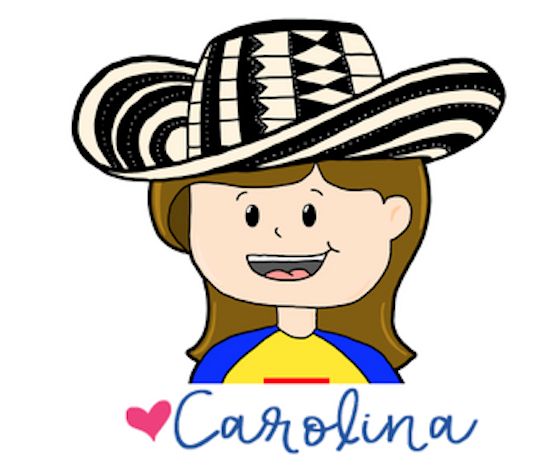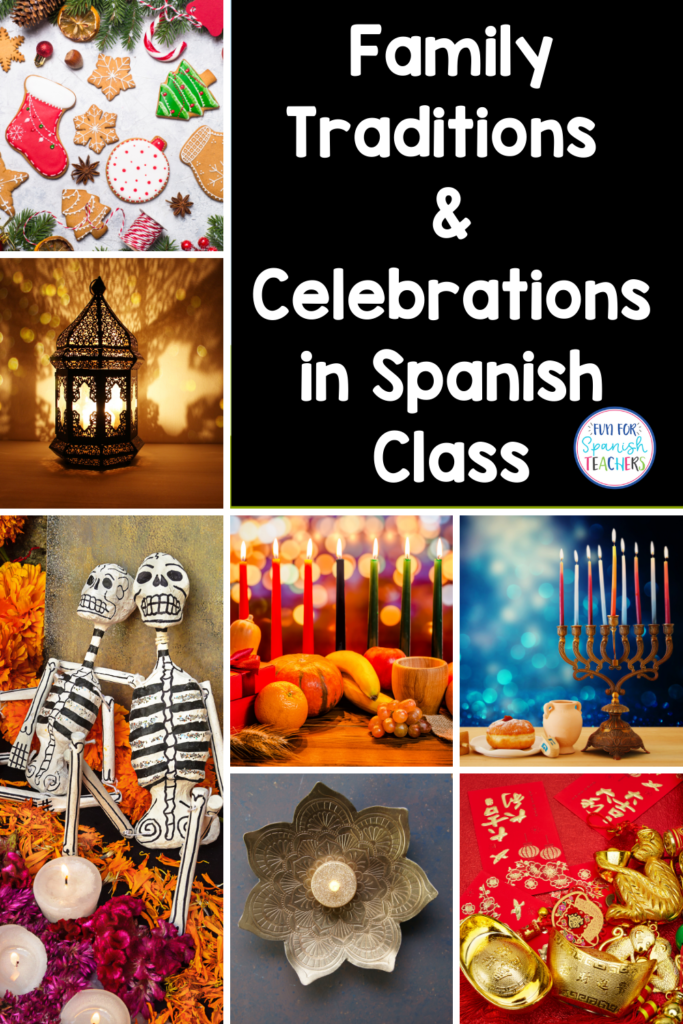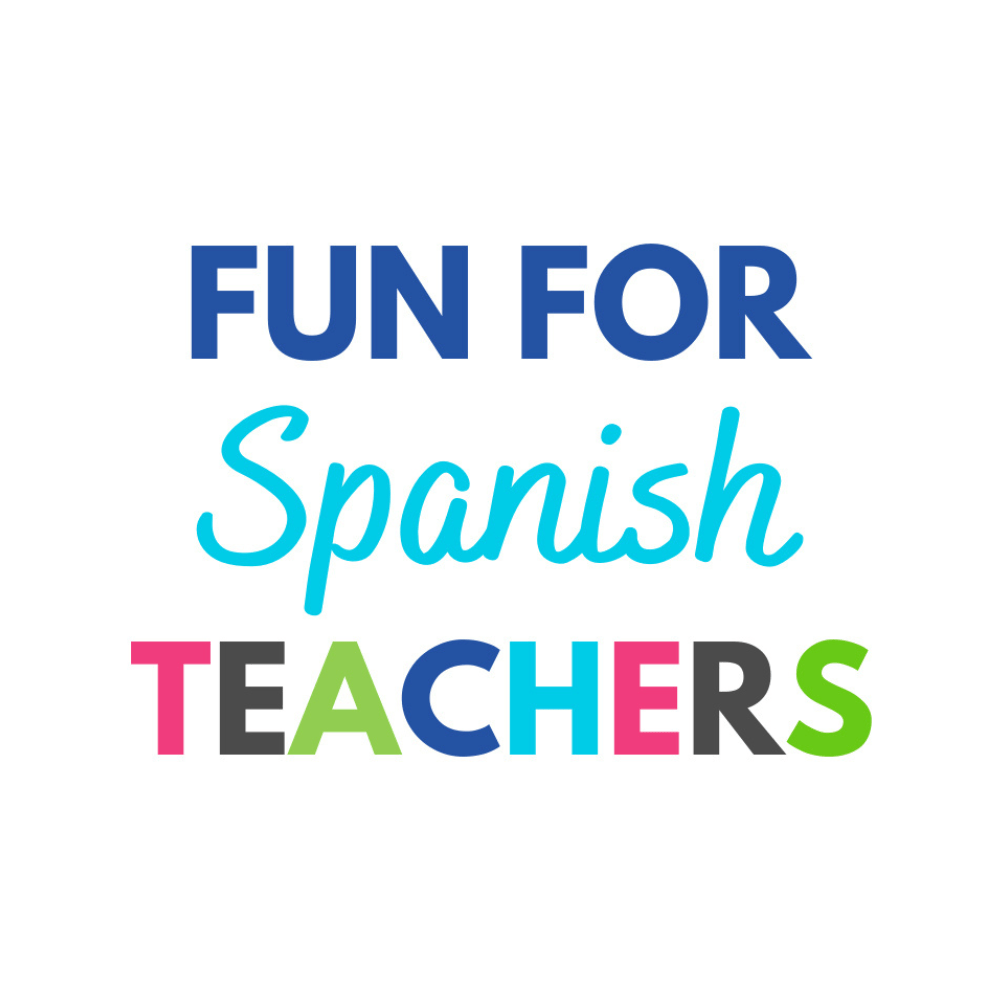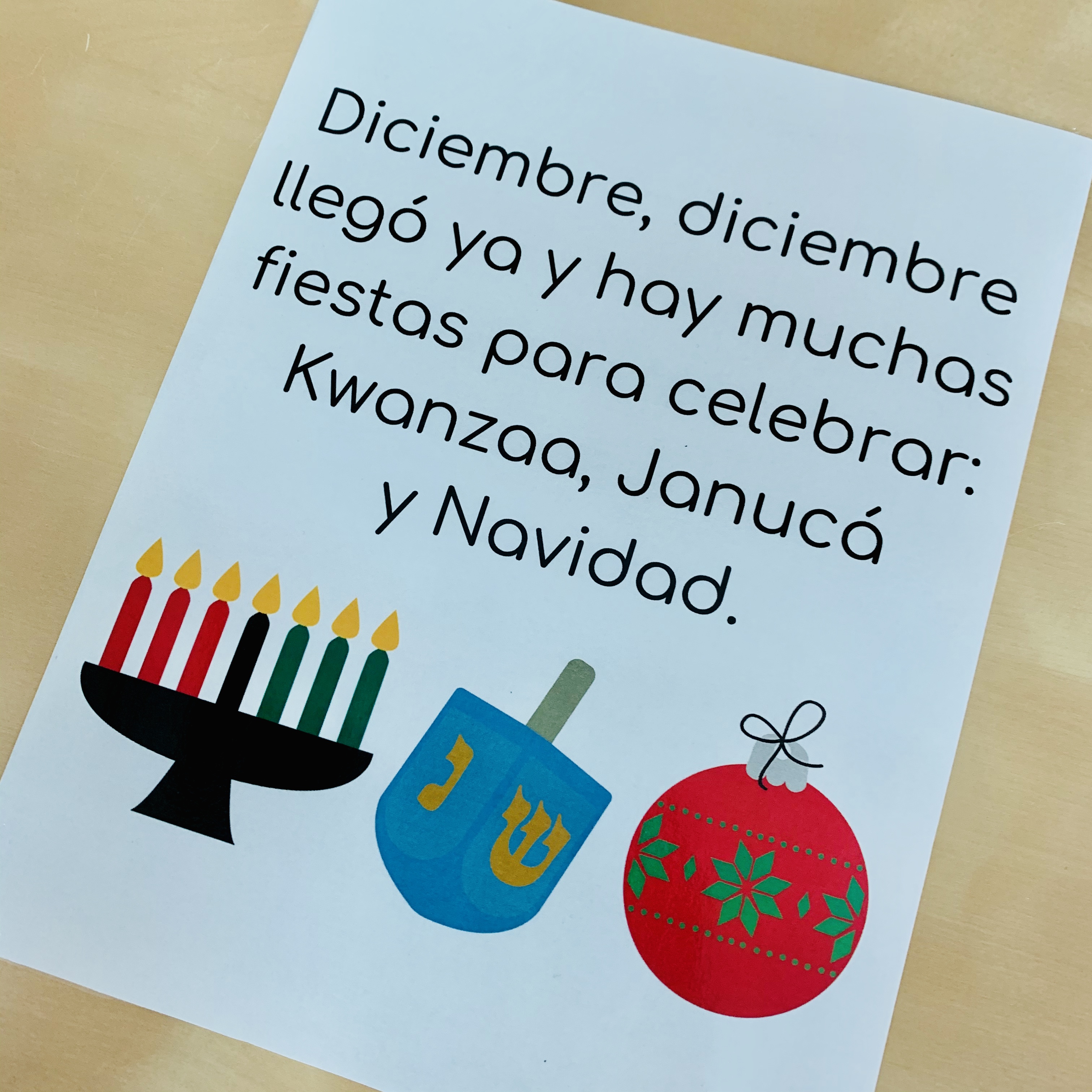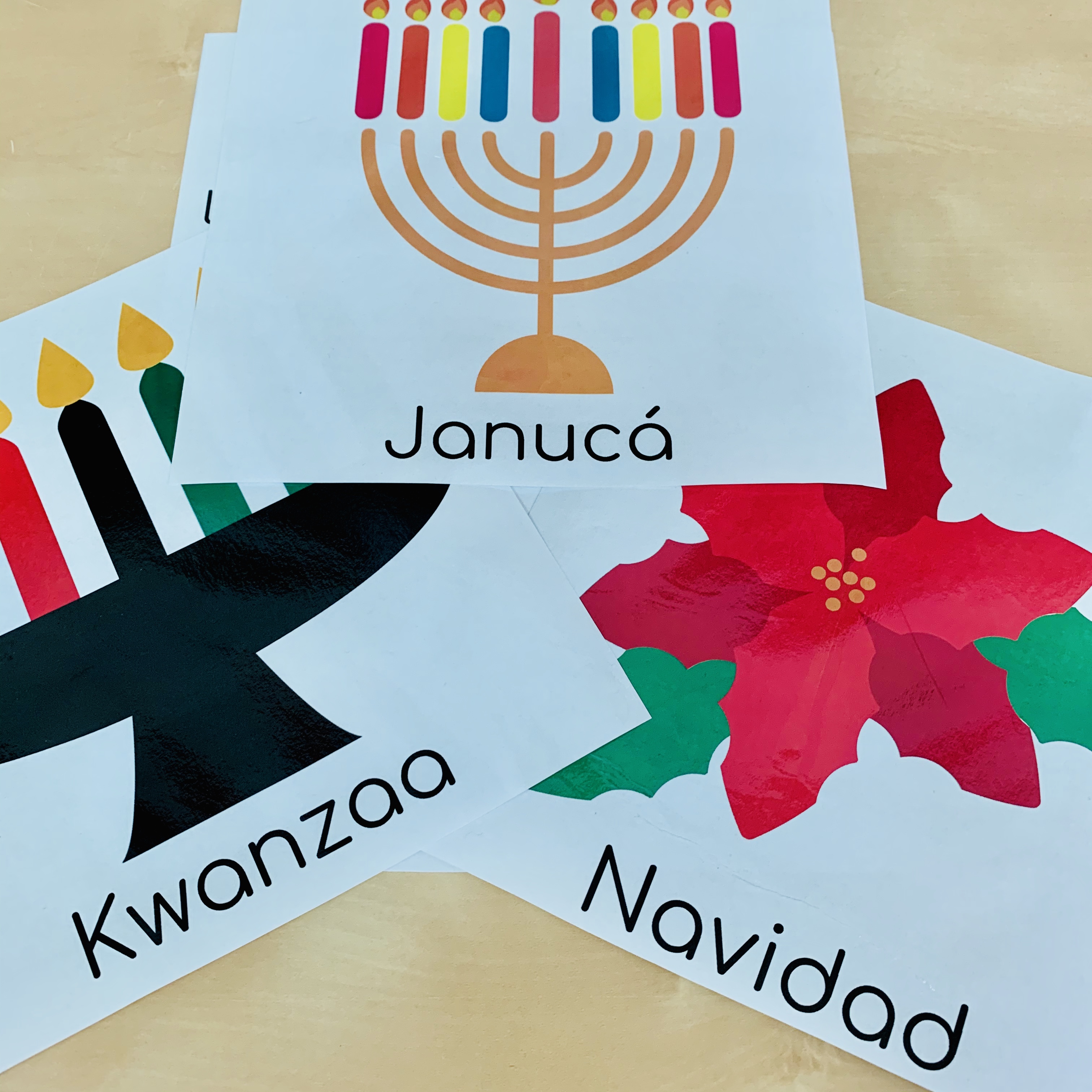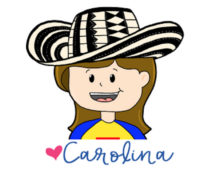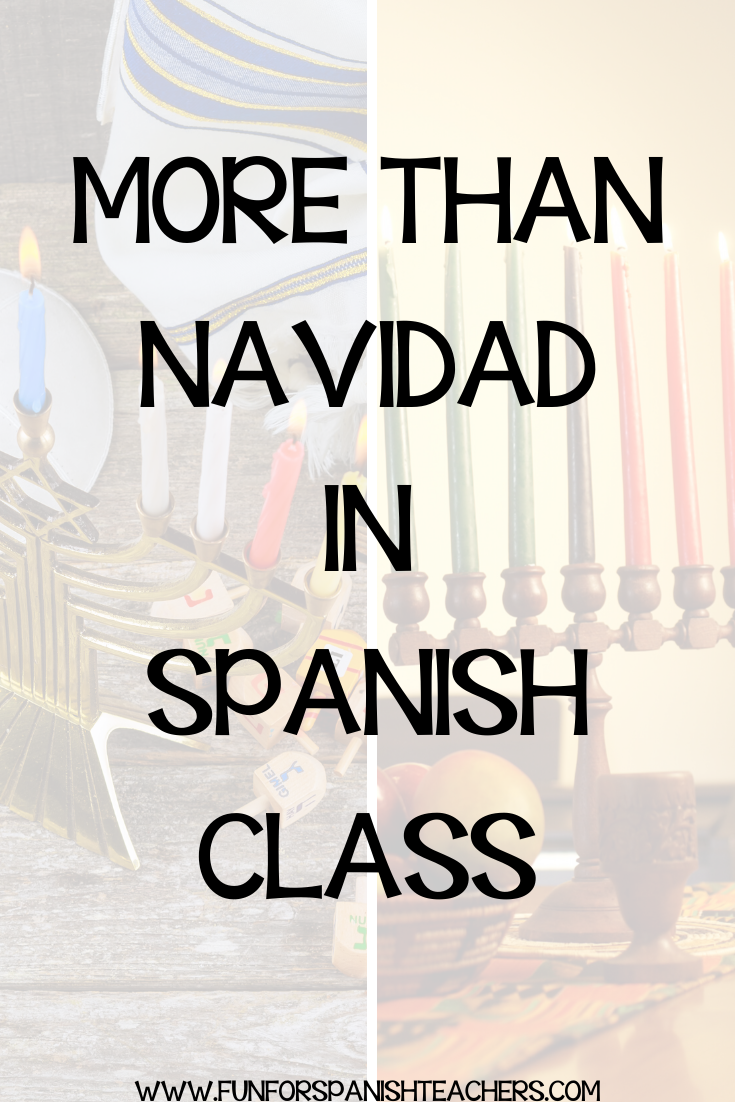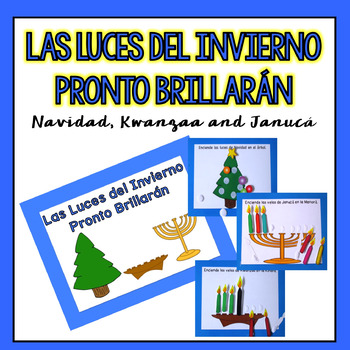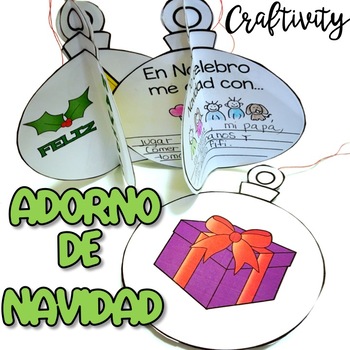
FAMILY TRADITIONS & CELEBRATIONS IN A WORLD LANGUAGE CLASS
During this time of the year in the United States Christmas is everywhere! On TV ads, on the radio, on the cup of coffee you purchase, and more – and students and families who don’t celebrate it get over-saturated with these images and messages. It is important to offer space in our classrooms where they can breathe and have a space to share and cherish their family traditions and celebrations. Yes, this can also be done in Spanish class! I know that many of us love teaching the Burrito Sabanero song by Juanes, and I am not saying that we should stop singing those songs, but as educators, we should acknowledge other spiritualities and beliefs in our language classes too, especially in the context of such a diverse country like the United States.
Learning for Justice is a wonderful resource to use and incorporate when creating lessons for our classes. Their Social Justice Standards are a must-see/use resource that provides a solid grounding for anti-bias education at every level. These standards provide a common language for schools to use. The standards are divided into four domains: Identity, Diversity, Justice, and Action.
I had the opportunity to dive deep into these standards during the summer when I participated in a group to rethink the social studies curriculum of the school where I currently teach. I saw that these standards work great for world language educators and, in fact, many Spanish teachers are already using them. With that in mind, I created a resource to use around this time of the year. It is also based on an experience I had last year with a student who was the only Jewish student in my first-grade class (read post here). I can’t let my own joy for Christmas sideline my students’ identities and needs.
All educators know that teaching this year is different, and since I am not seeing many of my students because they are working on asynchronous lessons, we will miss having these conversations. Hopefully, next year will be different, and I will be able to update this post. For now, I will send a short video of me talking in English and Spanish about family celebrations and assigning the activity below on Seesaw for my students to complete. Better times will come!
Here are a few videos in English that can support initiating the conversation about family traditions and celebrations in your classes:
Enjoy!
